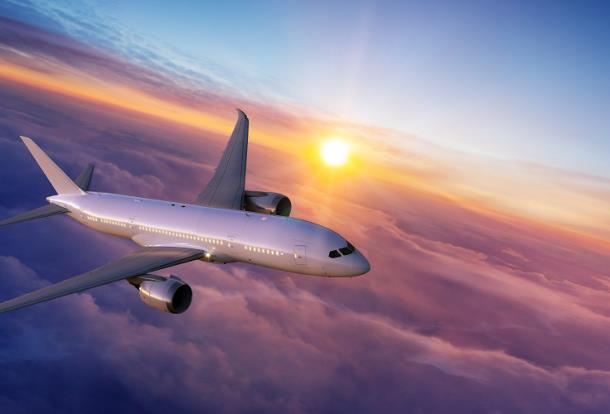Growing outbound travel demand and lower fuel cost have buoyed China's three major state-owned airlines – China Eastern, China Southern and Air China – in the past few years, so much so that analysts believed Chinese airlines enjoy brighter prospect than their international counterparts, but it remains to be seen whether the bullish outlooks can be sustained in the long run.

Profitability of the Chinese carriers is expected to improve this year as the carriers that suffered foreign-exchange losses last year due to RMB devaluation in August are taking measures to reduce their US bonds exposure.
The three airline groups posted robust growth in net income during the first half of 2015 – China Eastern registered the highest increase to RMB 3.562 billion, Air China to RMB 4.19 billion and China Southern made RMB 3.479 billion after reporting losses in previous years.
Stabilizing of RMB value
Then came a reversal of fortune as the sudden RMB devaluation in Q3 dealt a huge blow to the carriers that had the bulk of their liabilities in greenbacks. The lasting impact of foreign-exchange losses negated all the gains in the earlier part of the year, and Air China ended the year with RMB 5.156 billion loss, China Eastern reported RMB 4.887 billion loss and China Southern was RMB 5.7 billion in the red.
The carriers’ annual reports show that for every one percent drop in RMB’s exchange rate against USD, Air China faced a net income loss of RMB 529 million, China Eastern RMB 581 million and China Southern RMB 442 million. But analysts think the exchange rate impact is subsiding as the exchange rate is stabilizing.
Fuel prices are projected to remain low as the recent OPEC Doha Meeting ended without an agreement. China Southern said a 10% change in oil price would cause RMB 2.627 billion difference in its operating costs while Air China and China Eastern reported that a 5% of change in fuel cost would translate into a respective difference of RMB 1.202 billion and RMB 1.016 billion in their operating expenses.
On the other side, Chinese carriers are actively expanding their overseas air routes in recent years, making international routes their main battlefield.
International routes are more profitable
International routes are comparatively more profitable than domestic routes, according to Jie Wen, wealth management strategist of Sun Hung Kai Financial in Hong Kong. For now, Chinese airlines still have a relatively low proportion of international routes – Air China maintains 38.4% of its available seat kilometers (ASK) in international routes, whereas China Eastern’s is 33.4% China Southern’s is 27%.
The outlook is generally bullish for the mainland Chinese carriers this year. Deutsche Bank projects in a report that China Eastern will reduce its foreign-exchange losses in the first quarter this year as RMB is stabilizing and the Shanghai-based airlines is gradually reducing its USD liabilities. Deutsche Bank gave the carrier a buy rating due to positive factors such as cheap fuel prices, soaring outbound traffic and the impending launch of the Shanghai Disney Resort. The German bank would not rule out that Air China and China Southern would also report profits for the first quarter. (Translated by Jerry)




